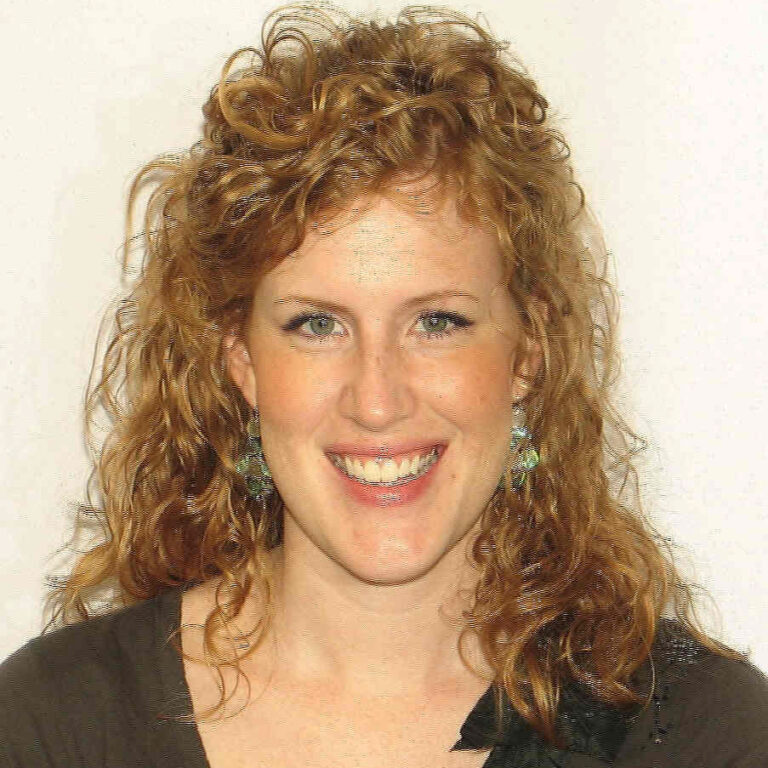There was no announcement or notification. Just some big machinery that dug up a large section of concrete in the middle of our street, a few doors down. We spend a lot of time on our front porch this time of year, and keep seeing vehicles turn onto our street, see the obstruction, and then try to squeeze by or turn around and go another way.
On a drive to Michigan, Google maps disappointed us. There were many road closures, due to the severe flooding, but Google maps and the Iowa DOT did not have any notifications, even though it had been a few days. It felt like the time before internet maps, when I used to study the atlas and delicately unfold the complicated state maps to follow our routes. We had to be creative, but eventually figured out a path across the swollen rivers.
Place matters, as does our orientation to the place. A familiar street or familiar route can be upended by construction or damage from weather and circumstance. But place can also be reoriented through other ways. I spent some time at the Pipestone National Monument in Pipestone, MN. It’s a sacred quarry, used by a variety of native peoples. It’s a sacred space, and the stone is used to make pipes for ceremonies. I spent quite a bit of time explaining to my young girls about the different perspectives on place and space between the native peoples and the white, immigrant settlers in the Midwest.
But perhaps Tommy Orange, author of the book, There There, can explain it better.
When we go to tell our stories, people think we want it to have gone different. People want to say things like ‘sore losers’ and ‘move on already,’ ‘quit playing the blame game.’ But is it a game? Only those who have lost as much as we have see the particularly nasty slice of smile on someone who thinks they’re winning when they say “Get over it.” This is the thing: If you have the option to not think about or even consider history, whether you learned it right or not, or whether it even deserves consideration, that’s how you know you’re on board the ship that serves hors d oeuvres and fluffs your pillows, while others are out at sea, swimming or drowning, or clinging to little inflatable rafts that they have to take turns keeping inflated, people out of breath, who’ve never even heard of the word hors d oeuvres or fluff. Then someone from up on the yacht says, “It’s too bad those people down there are lazy, and not as smart and able as we are up here, we who have built these strong, large, stylish boats ourselves, we who float the seven seas like kings.” And then someone else on board says something like “But your father gave you this yacht, and these are his servants who brought the hors d oeuvres.” At which point that person gets tossed overboard by a group of hired thugs who’d been hired by the father who owned the yacht, hired for the express purpose of removing any and all agitators on the yacht to keep them from making unnecessary waves, or even referencing the father or the yacht itself. Meanwhile, the man thrown overboard begs for his life, and the people on the small inflatable rafts can’t get to him soon enough, or they don’t even try, and the yacht’s speed and weight cause an undertow. Then in whispers, while the agitator gets sucked under the yacht, private agreements are made, precautions are measured out, and everyone quietly agrees to keep on quietly agreeing to the implied rule of law and to not think about what just happened. Soon the father, who put these things in place, is only spoken of in the form of lore, stories told to children at night, under the stars, at which point there are suddenly several fathers, noble, wise forefathers. And the boat sails on unfettered.
Tommy Orange, in an interview, explained the title of his book, There There, comes from Gertrude Stein. Orange grew up in Oakland, CA, and Stein said of Oakland, “there is no there there,” meaning she grew up there, but left and came back to find it unrecognizable. For Orange, this resonates for indigenous peoples who experience this world in a very different way. Common stories among indigenous people help to understand their history, stories, truth, meaning, and pain.
The ride home from Pipestone, MN required a few detours, due to bridges out and flooded roads. For some, it was just a few more turns. For others, the landscape is unrecognizable.
Tommy Orange, There There, (New York: Alfred A. Knopf, 2018); 137-138.


4 Responses
Thank you for this. Everyone deserves to tell their own story and have it respectfully considered. Might does not make right!
Thanks, for reminding us of the importance of place. Great quote from an excellent book.
Rebecca, I read that book a few years ago and it was quite different from the other books by Native Americans that I have read. But then again am I putting them all into the format of the book that describes how we white people have cheated the indigenous people of their land? Orange does it differently but powerfully. Thanks for your review.
Thanks for this review at this time. Such an important, book.